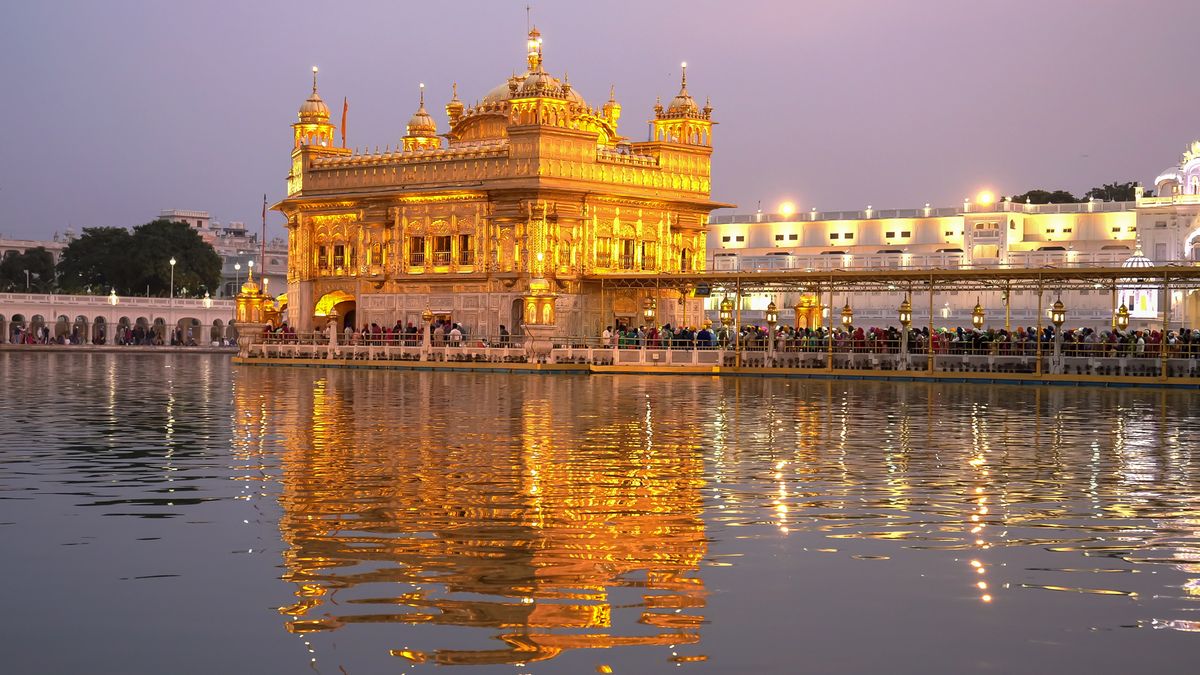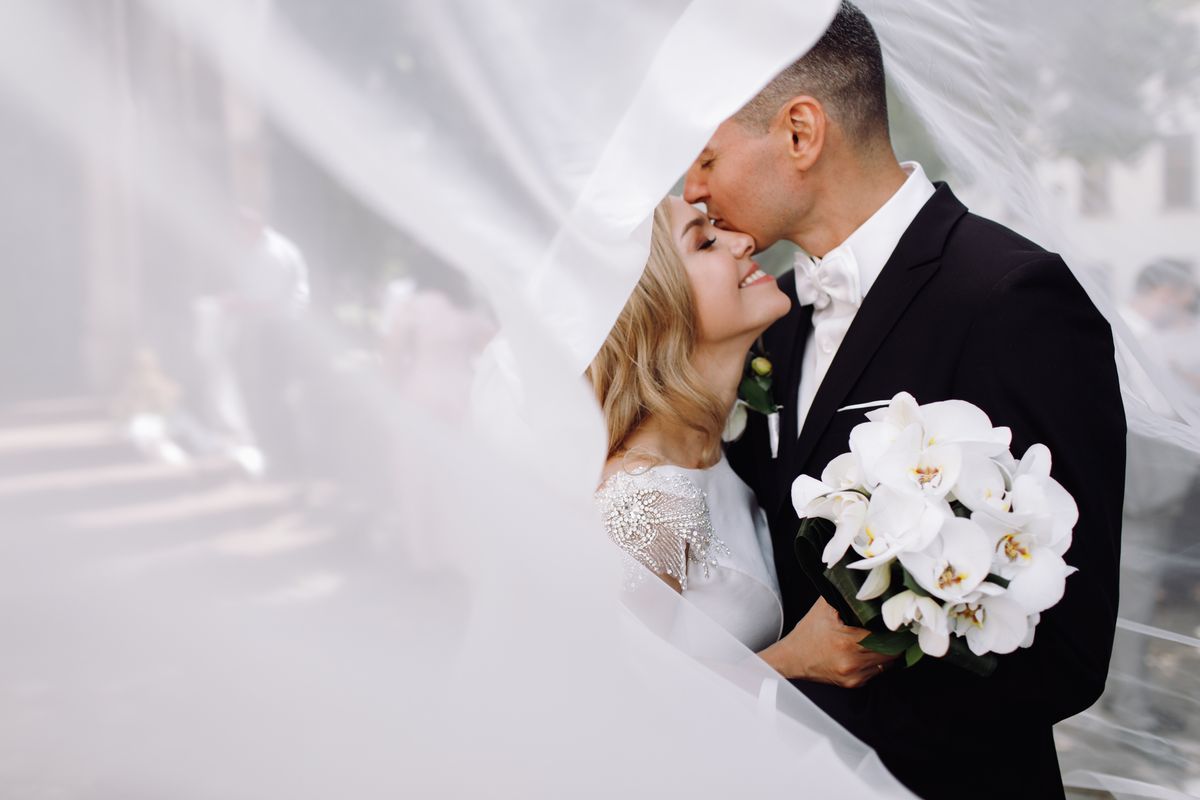See all Museums in Krakow
Travelers also viewed these places similar to National Museum - The Main Building
If you have been to National Museum - The Main Building, share your experience
Review this placePlaces to visit nearby
- Wawel Royal Castle (1.1 km)
- Jewish District (Kazimierz) (1 km)
- Kościół Franciszkanów (0.8 km)
Things to do nearby
- Planty (0.8 km)
- Bishop's Palace (Palac Biskupski) (0.8 km)
- Magic Stone at Wawel Hill (1 km)
Places to eat nearby
- Shake & Bake (0.8 km)
- Sempre Café (0.9 km)
- Morskie Oko (1 km)
Places to shop nearby
- Rynek Dębnicki (0.9 km)
- Salon Roman (0.9 km)
- Roban Na Wagę (0.8 km)





